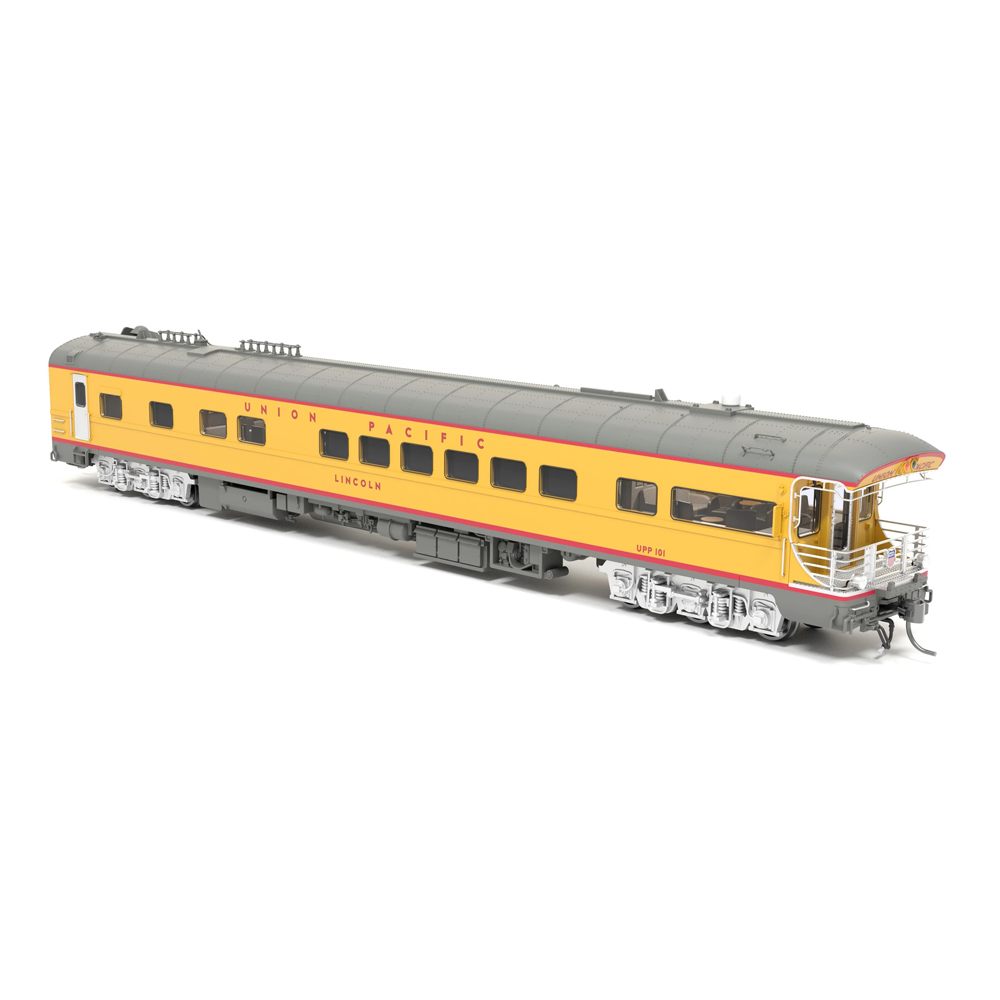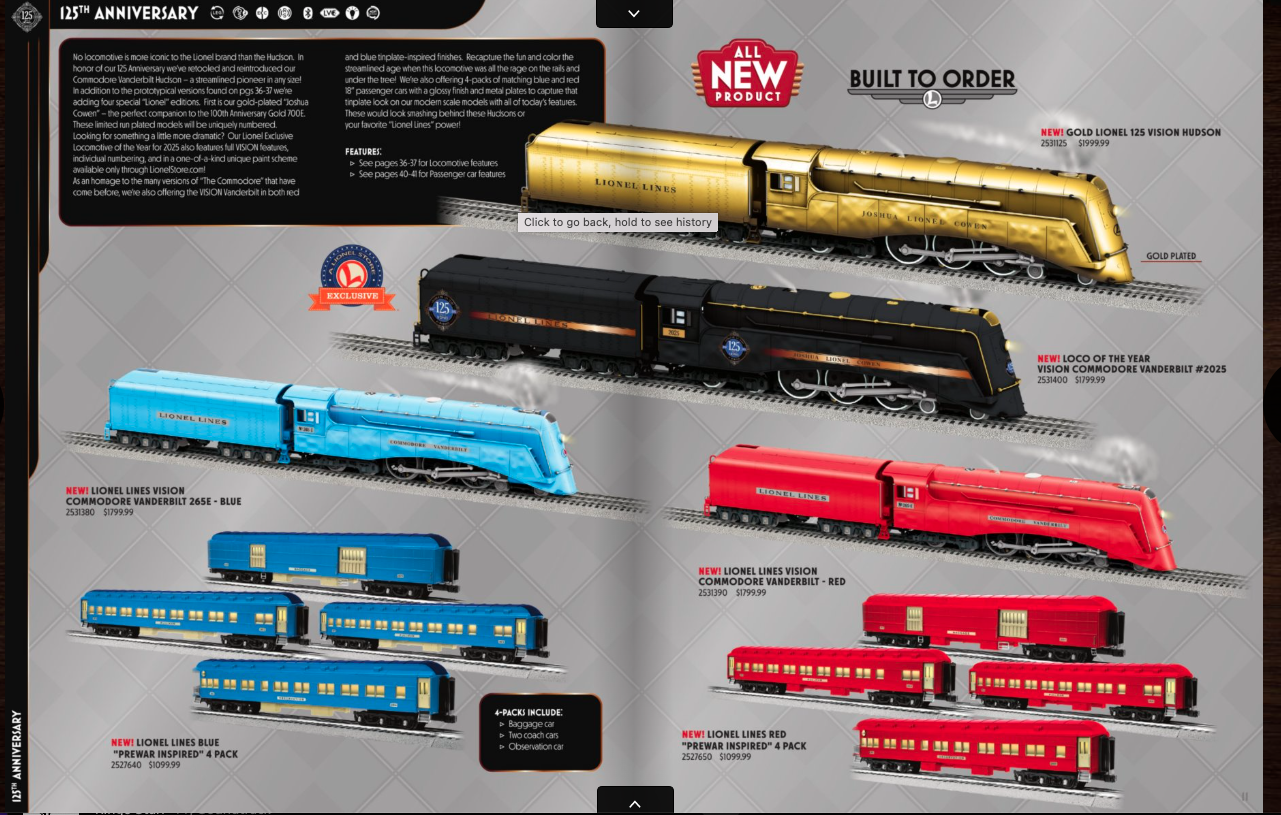STRASBURG, Pa. — At 11:23 a.m. on May 23, Rio Grande Southern Railroad No. 20, a legendary narrow gauge 4-6-0, made its first move under steam in 67 years. Under overhaul at the Strasburg Rail Road’s shops since 2006, the engine shoved the shop’s Plymouth switcher, which was also supplying braking power through the shop and out the other end.
Kelly Anderson, who was supervising the test, pulled off his gloves and handed them to Linn Moedinger, who had oversaw the lengthy and difficult restoration of No. 20 until his retirement at the end of 2018. “Wanna see if she’ll go?” Anderson asked. In a deeply emotional moment, Moedinger shoved the Johnson bar forward, opened the cylinder cocks and gently opened the throttle.
With a hiss of steam from the cylinder cocks and a deep, throaty “Woof, woof,” No 20. rolled through the shop building and out the other end. The locomotive was coupled to the shop’s Plymouth switcher with a drawbar. The little orange diesel provided braking for the engine, since the airbrakes were not functional.
“I wasn’t going to ask,” Moedinger said a few minutes later. “It was so kind of Kelly to let me take it first.” He said his mind was filled with thoughts of his late father, William Moedinger, who first saw No. 20 in 1934, and who took a well-known photo of the engine in 1940 that became one of the best-known photos of the Rio Grande Southern. Moedinger was just a few months old when No. 20 last ran in November, 1951.
Moedinger ran the engine back and forth through the shop and out the doors three times, experimenting with the setting of the Johnson bar and throttle. During one run, he opened the throttle before the brake was released on the Plymouth, breaking the drawbar pin. “Now that’s what I call power,” Moedinger said, as on-lookers laughed. “We don’t need no stinkin’ Big Boy!” Indeed, some wag had earlier chalked “Little Boy” on the smokebox door.
On a more serious note, Moedinger said the most difficult part of the 13-year restoration was asking the Colorado Railroad Museum for more money. The engine “threw us curve balls I’ve never seen before.” A dent in the boiler shell, the result of a 1943 wreck, and multiple defective welds on the frame were among them. “It fought us at every turn,” he said.
No. 20, an 1899 Schenectady Locomotive Works product, was built for the Florence & Cripple Creek Railroad in southwest Colorado. After the F&CC was nearly destroyed by flooding in 1916, No. 20 was sold to the Rio Grande Southern. It operated on the 162-mile line until 1951, when it retired, almost completely worn out by its years of hard service.
“I’m proud of how much of the original we saved,” he continued. “We had some serious debates about some of it, but we did it.” He estimated the restoration cost $1.5 million. The engine is scheduled to be shipped back to the Colorado Railroad Museum in Golden soon, where the CRRM shop crew will install various appliances, the cab and paint and lettering.













